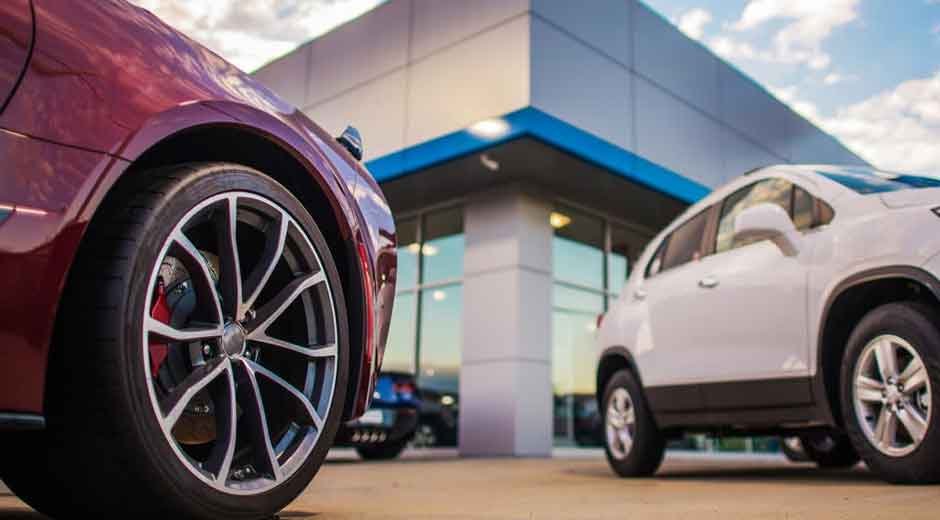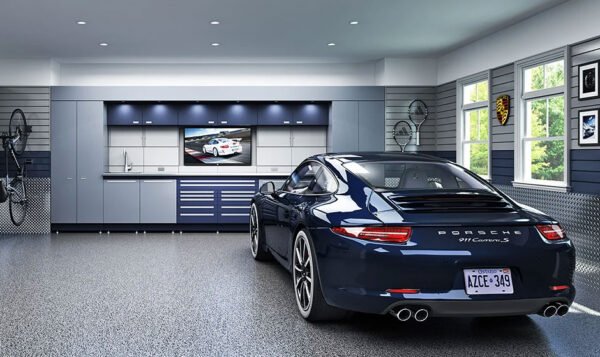New vs. Pre-Owned Vehicles: Making the Right Choice for Your Needs

Introduction
Purchasing a vehicle is a major milestone that impacts your lifestyle, finances, and daily routines. The pivotal decision between a new and a pre-owned vehicle is more complex than it may initially seem: balancing value, modern features, and long-term suitability. Whether seeking peace of mind with a brand-new model or aiming for immediate savings with a pre-owned car, the right decision involves understanding your priorities. For those exploring options and dealer inventories, many turn to reputable Jeep dealers in Florida to compare new and pre-owned selections for the best fit.
Every option has its blend of advantages and limitations. By evaluating cost, depreciation, warranty details, features, and evolving car market trends, you can make a purchase that aligns with your budget and preferences. Deciding where to buy is equally important; local dealerships offer various choices and expertise to guide the process.
Financial Considerations
When comparing new and pre-owned vehicles, cost is almost always the first point of discussion. New vehicles command a premium, with the average price reaching $47,542 in the third quarter of 2024. In stark contrast, pre-owned vehicles cost an average of $27,177—a savings of over $20,000. This significant price difference often leads buyers to explore the used market more seriously. Alongside local vehicle choices, browsing through established car dealerships in Lakeland, FL can help you gauge current inventory and take advantage of potential deals on new and pre-owned vehicles.
However, the initial cost is only part of the equation. Taxes, registration, and fees tend to be higher for new vehicles, directly influenced by their higher sticker prices. On the other hand, pre-owned vehicles often come with lower out-of-the-door expenses, creating immediate upfront savings.
Depreciation and Value Retention
Depreciation is one of the most overlooked—yet crucial—factors when buying a vehicle. New vehicles lose approximately 20% of their value within the first year and roughly 60% after five years. This means that the largest value drop happens at the beginning of ownership, which can impact your return if you trade in or sell the vehicle down the line. In contrast, pre-owned vehicles have already absorbed their steepest depreciation; thus, your investment may retain its worth for longer.
Warranty and Maintenance
One of the primary benefits of buying new is warranty coverage. Most new vehicles come with comprehensive manufacturer warranties that cover repairs for several years or up to a certain mileage. This assurance can mean fewer unexpected expenses, especially during the earliest ownership years. However, certified pre-owned (CPO) vehicles are designed to offer similar peace of mind. They undergo multi-point inspections and often include limited warranties, providing a balance between cost savings and reliability. CPO programs help mitigate one of the biggest concerns with used vehicles—potential hidden repair bills—and make the pre-owned market more attractive.
Technological Features and Safety
Technological advancements in vehicles evolve rapidly. New cars have the latest driver-assistance features, infotainment systems, advanced sensors, connectivity options, and superior fuel efficiency. These features enhance safety, comfort, and convenience on the road. While older pre-owned vehicles may not offer every cutting-edge update, recent used models often come equipped with modern amenities at a significantly lower price. For some buyers, a recent pre-owned model provides the perfect blend of value and contemporary features, especially as technology has trickled down to more affordable models in recent years.
Insurance Costs
Insurance premiums are generally higher for new vehicles because of their market value and costlier repair bills if damaged. Repairing or replacing a new car usually comes at a premium, and insurance rates are adjusted accordingly. In contrast, pre-owned vehicles, having lower market values, translate to less expensive insurance coverage. According to studies from Experian, this is a main reason budget-conscious buyers tend to migrate toward pre-owned choices in both urban and rural markets.
Availability and Market Trends
Recent buying habits have shifted with changing market dynamics. In 2024, luxury and mainstream automakers reported higher volumes of pre-owned vehicle sales than new in several markets—a trend driven by affordability and consumer confidence in certified pre-owned programs. In Florida, for instance, shoppers are increasingly researching inventories at established dealer networks rather than exclusively targeting the newest options.
Conclusion
Choosing between new and pre-owned vehicles comes down to carefully evaluating budget, depreciation, warranty comfort, technology preferences, insurance implications, and local market conditions. For consumers across Florida and beyond, leveraging expertise and inventories at trusted dealerships can simplify the process and ensure you find a vehicle tailored to your requirements. By weighing your priorities against industry facts and trends, you can confidently invest in a vehicle that serves your transportation needs—now and in the years ahead.



